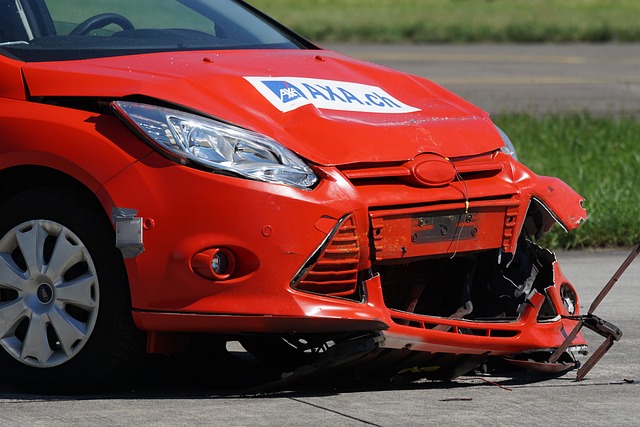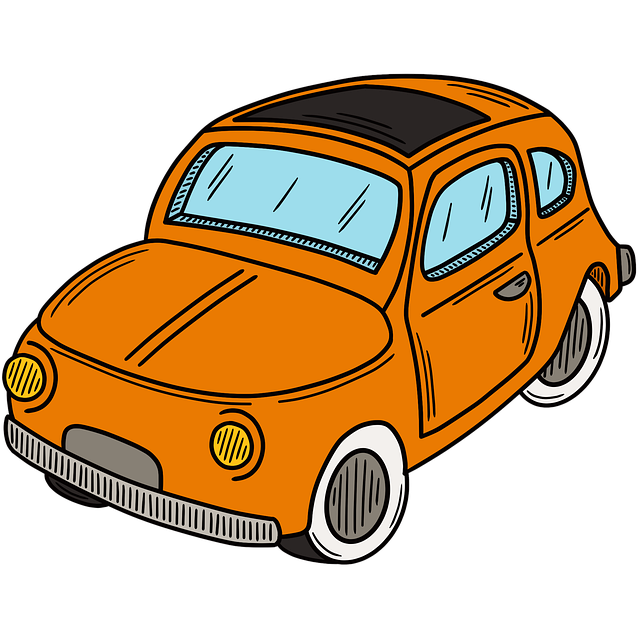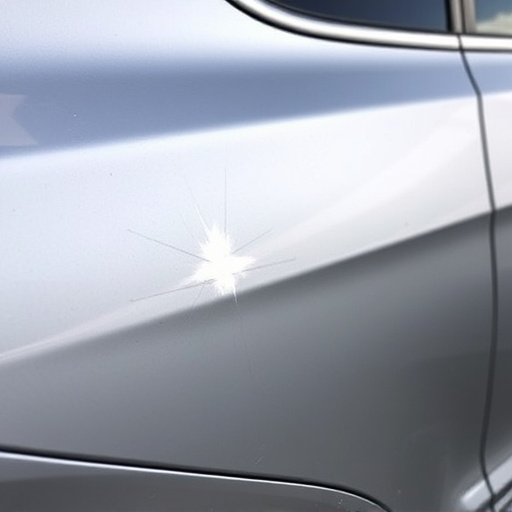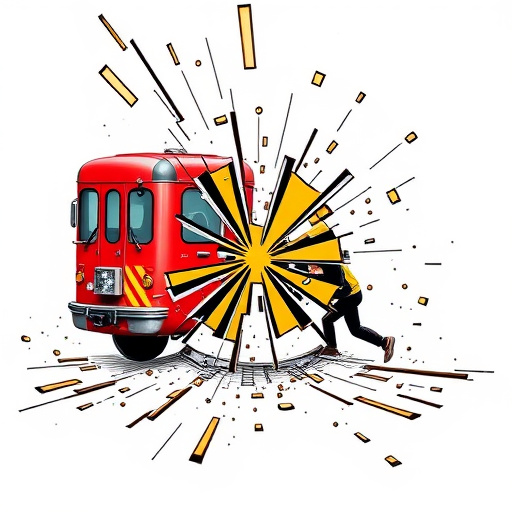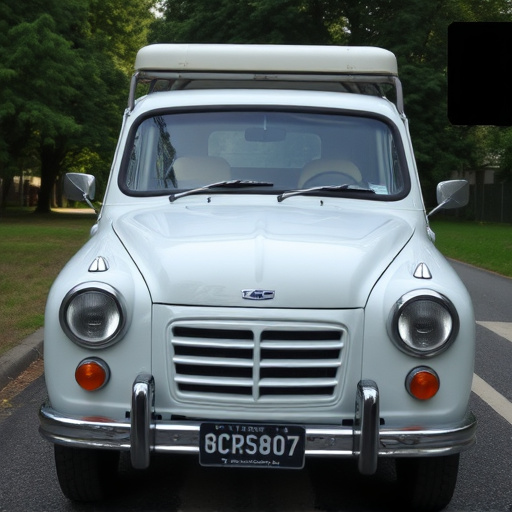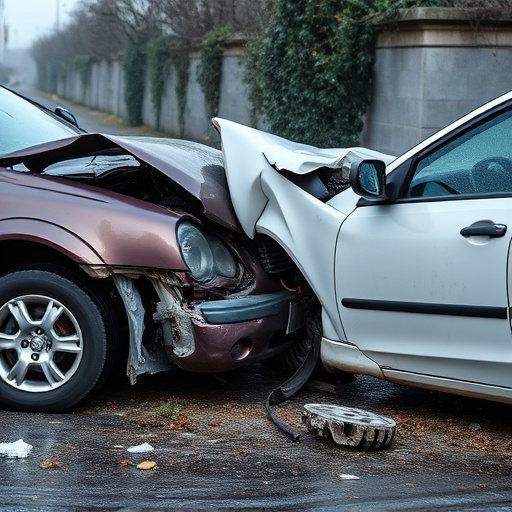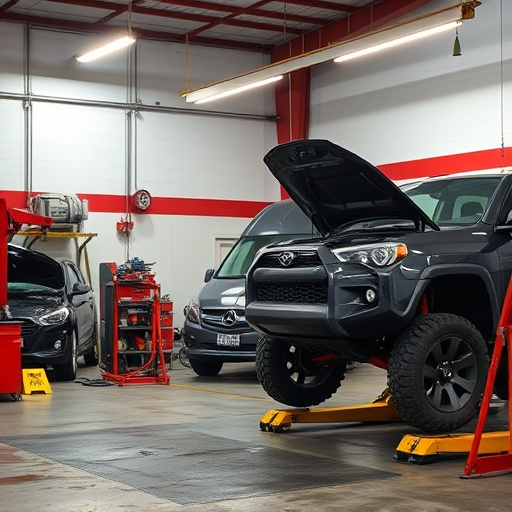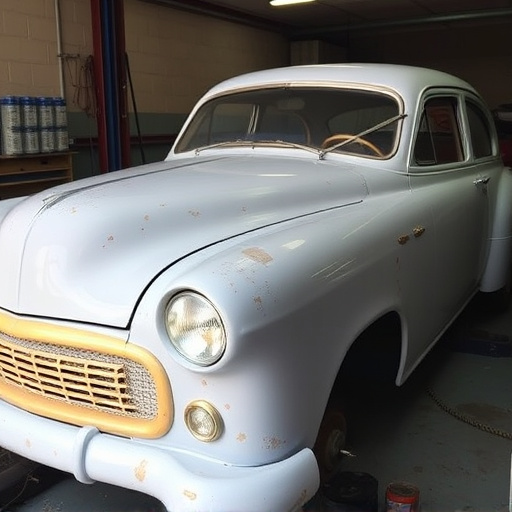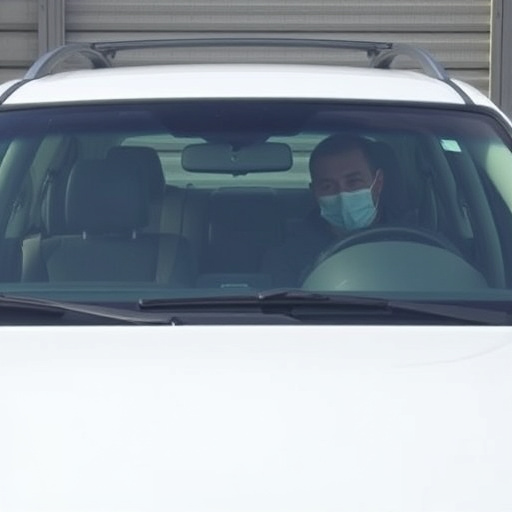Before towing a vehicle to a collision center, conduct thorough pre-towing checks: inspect for loose parts, leaks, and damage; verify light functionality; check tire pressure and tread depth; ensure battery health; and confirm all doors, hood, and trunk are securely closed. Securely fasten the vehicle using robust straps or chains at key points for stability against jostling. Facilitate seamless transfer through efficient communication between towing services and collision centers, ensuring accurate information exchange and effective resource allocation.
When your vehicle needs a tow to a collision center, a smooth transfer can make all the difference in your repair experience. This article provides essential tips for a stress-free journey. From pre-towing checks to secure fastening and efficient communication with staff, these steps ensure your vehicle arrives safely and undamaged. Implement these simple strategies for a seamless process when towing to a collision center.
- Pre-Towing Checks: Ensure Safe Transfer
- Secure Vehicle Fastening for Smooth Ride
- Efficient Communication: Collab w/Center Staff
Pre-Towing Checks: Ensure Safe Transfer
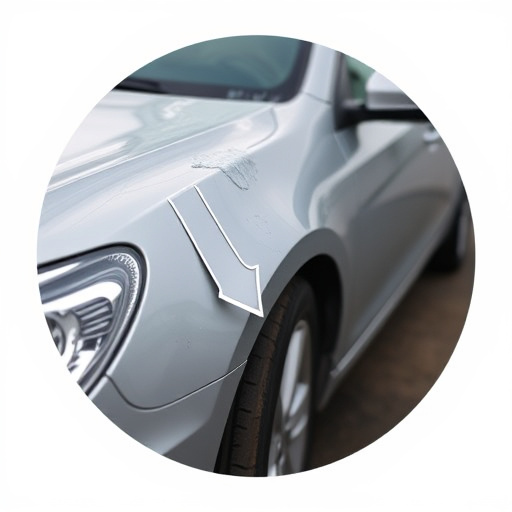
Before initiating a towing to collision center, it’s imperative to conduct thorough pre-towing checks. This step is crucial for ensuring a safe transfer of your vehicle. Begin by inspecting the vehicle’s overall condition; look out for any loose parts, fluids leaks, or damages that might affect the towing process. Verify that all lights—brake lights, turn signals, and running lights—are functioning properly to enhance visibility during transit.
Additionally, check the tire pressure and tread depth; underinflated tires or worn-out treads can lead to unsafe handling during towing. Ensure the battery is in good condition to avoid any unexpected issues. Lastly, confirm that all doors, hood, and trunk are securely closed to prevent unwanted access and potential theft while en route to the collision center. These pre-towing checks are vital steps towards ensuring your vehicle’s safety throughout its journey to the auto body services or vehicle body shop for repairs.
Secure Vehicle Fastening for Smooth Ride
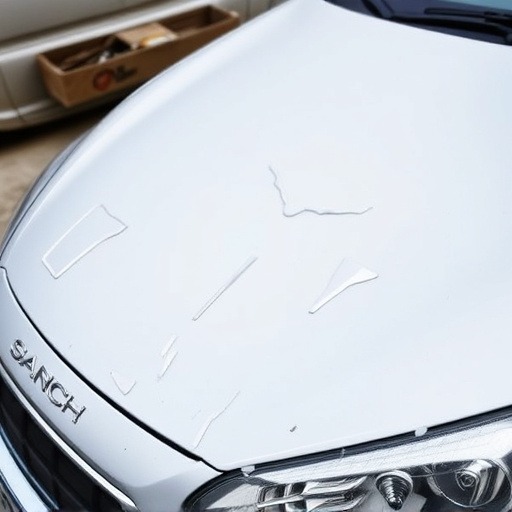
When towing a vehicle to a collision center for repairs, proper fastening is paramount to ensure a smooth ride and prevent additional damage. The first step is to secure the vehicle using robust straps or chains designed for towing. These should be fastened at key points, such as the chassis and frame, to minimize movement during transport. It’s crucial to avoid loose connections that could cause jostling, which can not only make the journey uncomfortable but also lead to further car bodywork damage.
For maximum security, consider using both front-to-rear and side-to-side restraints. This dual-fastening approach helps keep the vehicle steady, even on bumpy roads or during sudden stops. Additionally, ensure that all fastenings are securely attached to both the towing vehicle and the car being towed, providing a stable connection throughout the journey. Remember, a secure towing process is not just about convenience; it’s an essential step in protecting your investment, whether it’s a Mercedes-Benz repair or any other automotive repair service.
Efficient Communication: Collab w/Center Staff
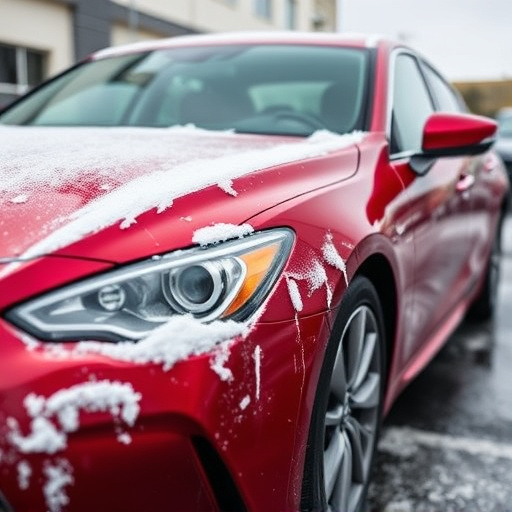
Efficient communication between the towing service and the collision center staff is paramount for a smooth vehicle transfer process. Before the tow, clear and concise information exchange ensures that the vehicle’s condition, any special handling requirements, and specific repair needs are accurately conveyed. This seamless collaboration facilitates better preparation at the collision center, allowing them to allocate resources effectively.
Effective communication also plays a crucial role in managing client expectations. The towing company can provide real-time updates on the vehicle’s status, ensuring the owner is well-informed about the journey from point A to the collision center. This transparency builds trust and enhances the overall customer experience, particularly when dealing with unexpected vehicle issues that require immediate attention, such as frame straightening or vehicle dent repair.
When towering a vehicle to a collision center, pre-towing checks, secure fastening, and efficient communication are key for a smooth transfer. By adhering to these tips, you can ensure your vehicle arrives safely and promptly, setting the stage for effective repairs and a seamless restoration process. Remember, proper preparation enhances the overall efficiency of the entire procedure, making it a win-win for both the car owner and the collision center.

